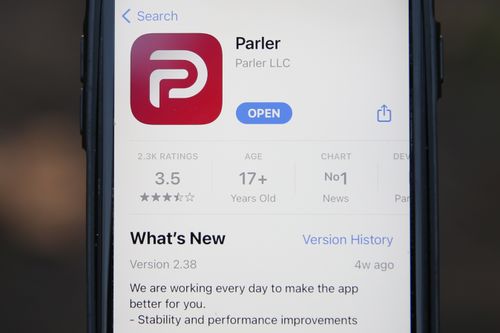WILEY
NEWS RELEASE
Human papillomavirus (HPV) can infect the mouth and throat to cause cancers of the oropharynx. A new study published early online in CANCER, a peer-reviewed journal of the American Cancer Society, has found that having more than 10 prior oral sex partners was associated with a 4.3-times greater likelihood of having HPV-related oropharyngeal cancer. The study also shows that having oral sex at a younger age and more partners in a shorter time period (oral sex intensity) were associated with higher likelihoods of having HPV-related cancer of the mouth and throat.
Previous studies have shown that performing oral sex is a strong risk factor for HPV-related oropharyngeal cancer. To examine how behavior related to oral sex may affect risk, Virginia Drake, MD, of Johns Hopkins University, and her colleagues asked 163 individuals with and 345 without HPV-related oropharyngeal cancer to complete a behavioral survey.
In addition to timing and intensity of oral sex, individuals who had older sexual partners when they were young, and those with partners who had extramarital sex were more likely to have HPV-related oropharyngeal cancer.
"Our study builds on previous research to demonstrate that it is not only the number of oral sexual partners, but also other factors not previously appreciated that contribute to the risk of exposure to HPV orally and subsequent HPV-related oropharyngeal cancer," said Dr. Drake. "As the incidence of HPV-related oropharyngeal cancer continues to rise in the United States, our study offers a contemporary evaluation of risk factors for this disease. We have uncovered additional nuances of how and why some people may develop this cancer, which may help identify those at greater risk."
###
Additional Information
NOTE: The information contained in this release is protected by copyright. Please include journal attribution in all coverage. A free abstract of this article will be available via the Cancer News Room upon online publication. For more information or to obtain a PDF of any study, please contact: Dawn Peters +1 781-388-8408 (US) newsroom@wiley.com Follow us on Twitter @WileyNews
Full Citation: "Timing, number, and type of sexual partners associated with risk of oropharyngeal cancer." Virginia E. Drake, Carole Fakhry, Melina J. Windon, C. Matthew Stewart, Lee Akst, Alexander Hillel, Wade Chien, Patrick Ha, Brett Miles, Christine G. Gourin, Rajarsi Mandal, Wojciech K. Mydlarz, Lisa Rooper, Tanya Troy, Siddhartha Yavvari, Tim Waterboer Nicole Brenner, David W. Eisele, and Gypsyamber D'Souza. CANCER; Published Online: January 11, 2021 (DOI: 10.1002/cncr.33346).
URL Upon Publication: http://doi.
Author Contact: Amy Mone (amone@jhmi.edu) or Valerie Mehl (mehlva@jhmi.edu).
About the Journal
CANCER is a peer-reviewed publication of the American Cancer Society integrating scientific information from worldwide sources for all oncologic specialties. The objective of CANCER is to provide an interdisciplinary forum for the exchange of information among oncologic disciplines concerned with the etiology, course, and treatment of human cancer. CANCER is published on behalf of the American Cancer Society by Wiley and can be accessed online.
Follow us on Twitter @JournalCancer
About Wiley
Wiley drives the world forward with research and education. Through publishing, platforms and services, we help students, researchers, universities, and corporations to achieve their goals in an ever-changing world. For more than 200 years, we have delivered consistent performance to all of our stakeholders. The Company's website can be accessed at http://www.



